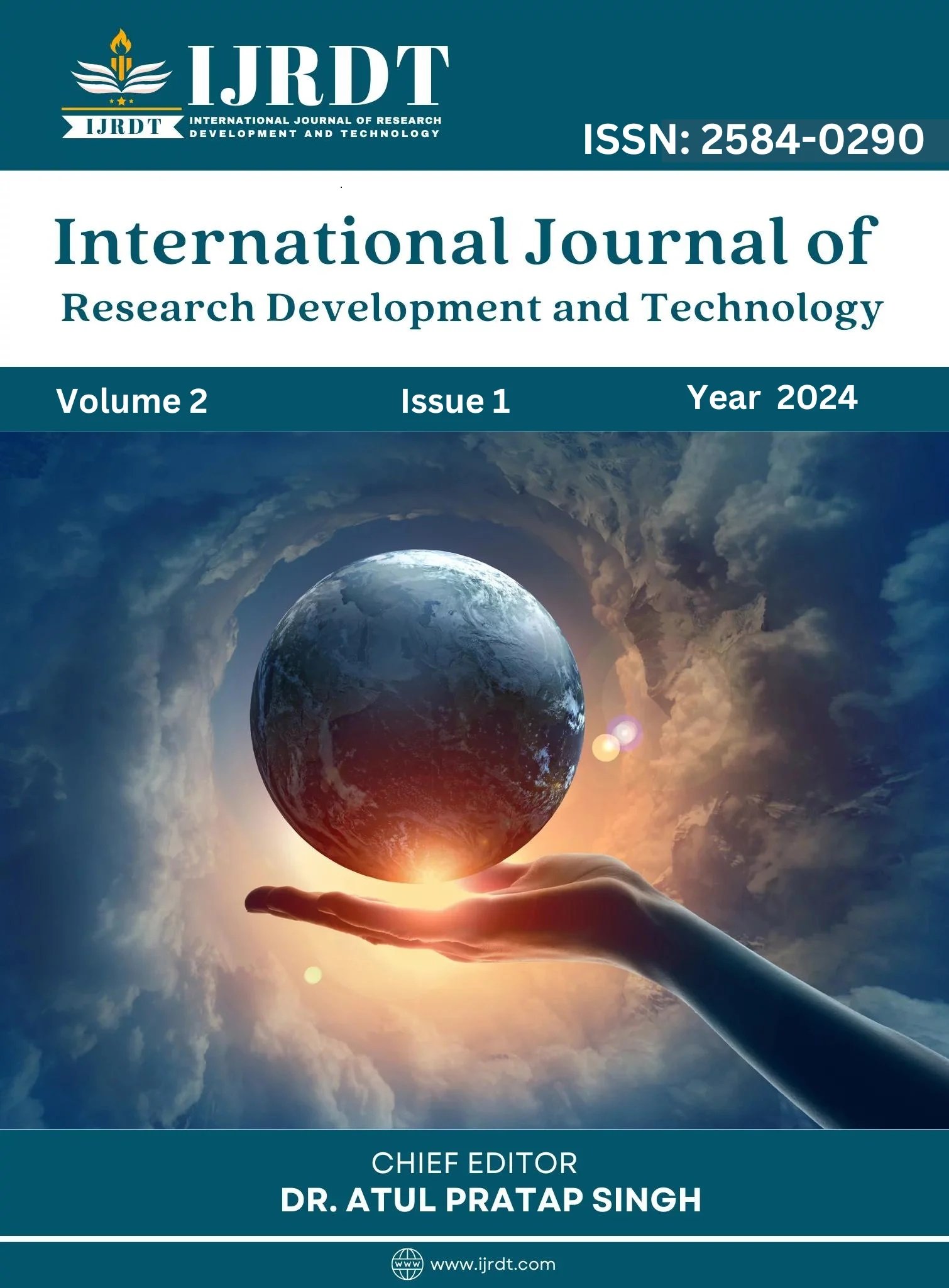Formulation and Optimization of Posaconazole Nano-suspension
Abstract
A nano-suspension prepared with posaconazole was optimised via CCD. The morphological studies produced evidence of the drug's amorphous state (SEM and PXRD). In vitro, there was a higher release of medicines from the nano-suspension than from the pure drugs. When the medication is prepared as a nano-suspension, its oral bioavailability is enhanced compared to the commercial version. Stability tests indicated that the formulation stayed stable for up to six months. The QbD technique was employed to examine the effects of CPPs and CMAs on CQAs, thereby augmenting the formulation's safety and quality. The quantity of Tween-20, soy lecithin, and carbopol-934, as well as process variables such method PB, are critical material features. RSM's CCD was used to improve the nano-suspension. Posaconazole was chosen since it is prescribed to treat oral candidiasis that is resistant to other triazole derivatives. Furthermore, the optimised nano-suspension was assessed. The lower PDI values, increased drug concentration, smooth and spherical particles with increased entrapment efficiency, and improved bioavailability all corroborate the anticipated characteristics of the nano-suspension. The results show that QbD is an effective tool for novel drug delivery systems, which is significant since it aids in the USFDA's and the Indian market's efforts to lower manufacturing costs, enhance safety and quality, and lessen production variability.

Downloads
Published
Issue
Section
License
Copyright (c) 2024 International Journal of Research Development and Technology

This work is licensed under a Creative Commons Attribution-NonCommercial 4.0 International License.








